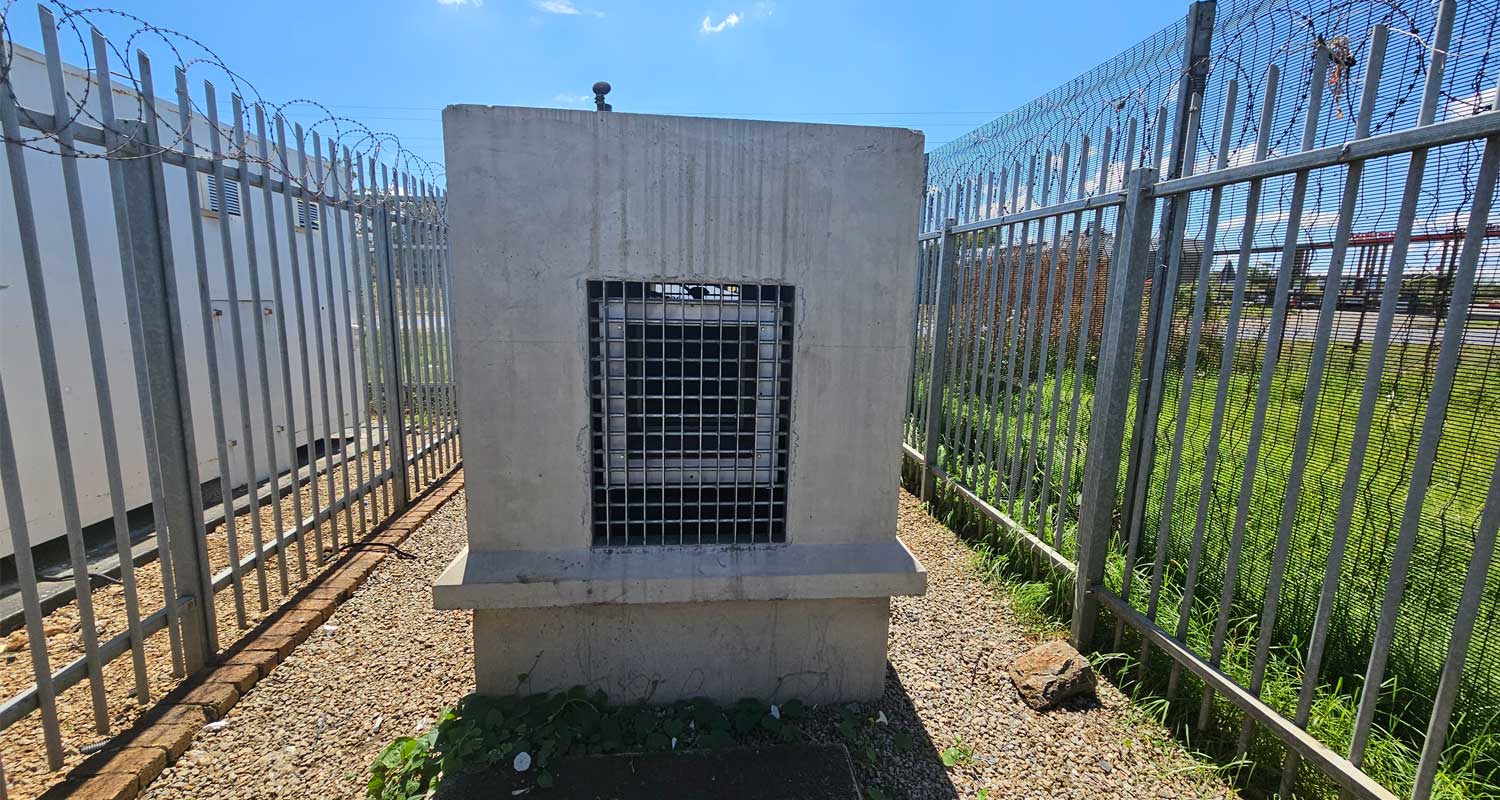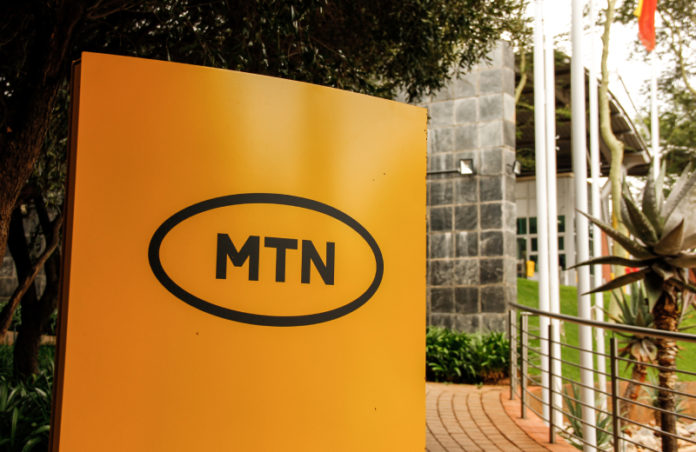
MTN South Africa will spend at least R1.5-billion this year – and possibly much more – as it moves to secure its network against severe load shedding and criminal vandalism at its base stations.
In a media tour in Soweto on Thursday, the company’s chief technology and information officer, Michele Gamberini, said all mobile networks in South Africa are under extreme pressure as a result of the escalation in the severity of load shedding since last year.
Coupled with this, a plague of criminal activity at its high sites – with thieves making off with batteries, copper cables and even generators – is making it difficult for MTN to keep its network operational. Gamberini said that in the past year, there have been more than 400 unique attacks on its tower infrastructure in the Eastern Cape alone. Some sites have been hit as many as 15 times.
During Thursday’s media tour in the Soweto suburb of Mofolo South, MTN showcased a site, which it shares with Vodacom and Cell C, where criminals broke into a secure housing, stealing cables and rendering the site crippled and inoperational.
Gamberini said MTN will use the R1.5-billion allocated to building resilience in its network this year to protecting its infrastructure from vandals and deploying thousands of additional batteries to ensure its sites remain operational during severe load shedding.
“We are working to enrich our network and to implement all possible actions that can ensure a high level network availability, even during long power outages,” Gamberini said. This means deploying a combination of both generators and batteries at high sites, and protecting these from vandals by, for example, encasing them in thick concrete.
“We are implementing several actions to make the life of thieves a little more difficult. We have hardened our sites, with shelters for our batteries. We are replacing copper cables with aluminium cables to avoid a lot of damage to our RF (radio frequency) and DC (direct current electricity) cables,” he said.
Another challenge for MTN is that many sites rely on nearby sites for connectivity, using a network topology that connects multiple towers before connecting to the operator’s core network.

This means that vandalism at one site can affect connectivity across a much wider area. As a result, MTN has to invest more money in connecting its sites directly to its core network, Gamberini said










